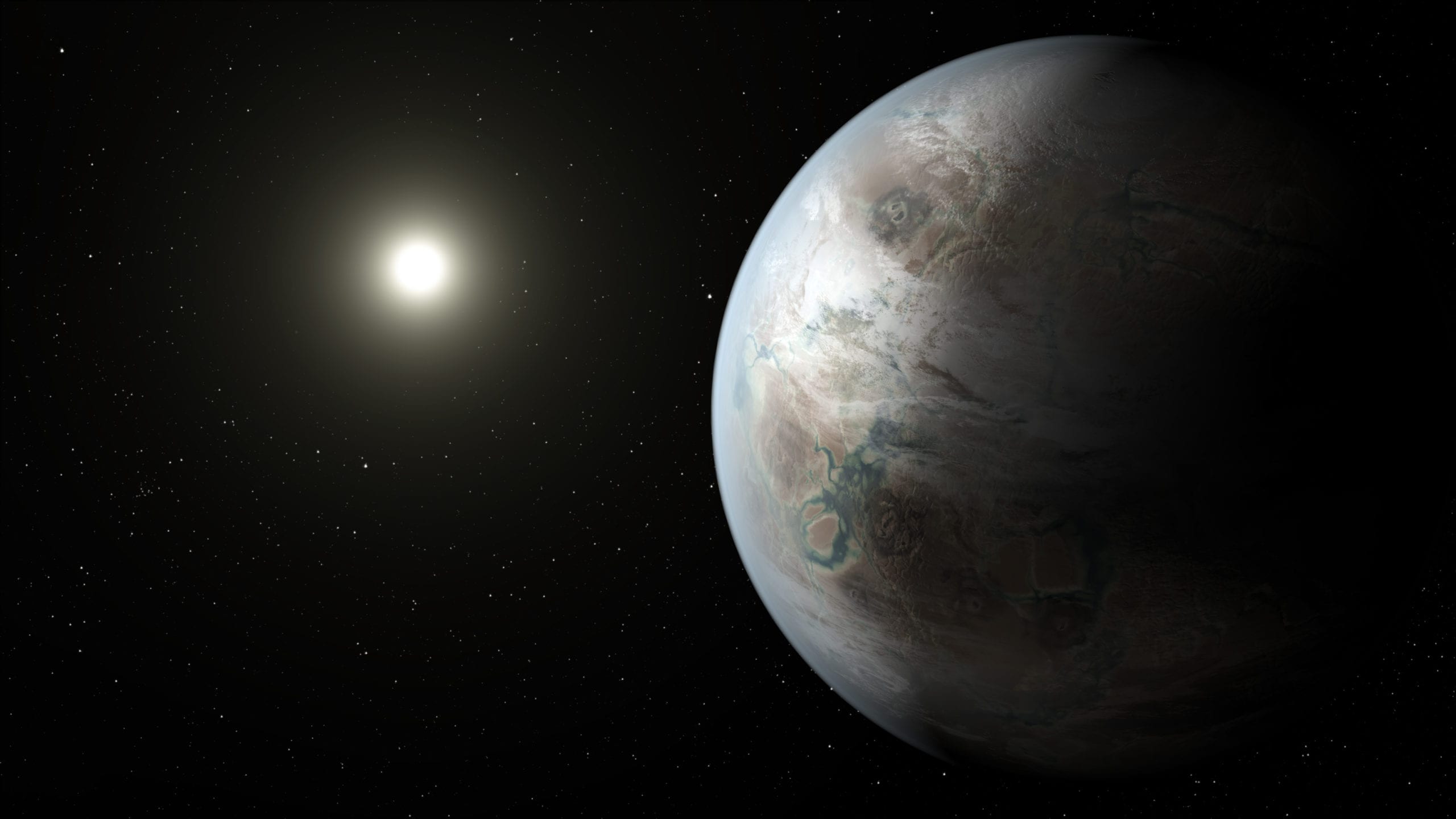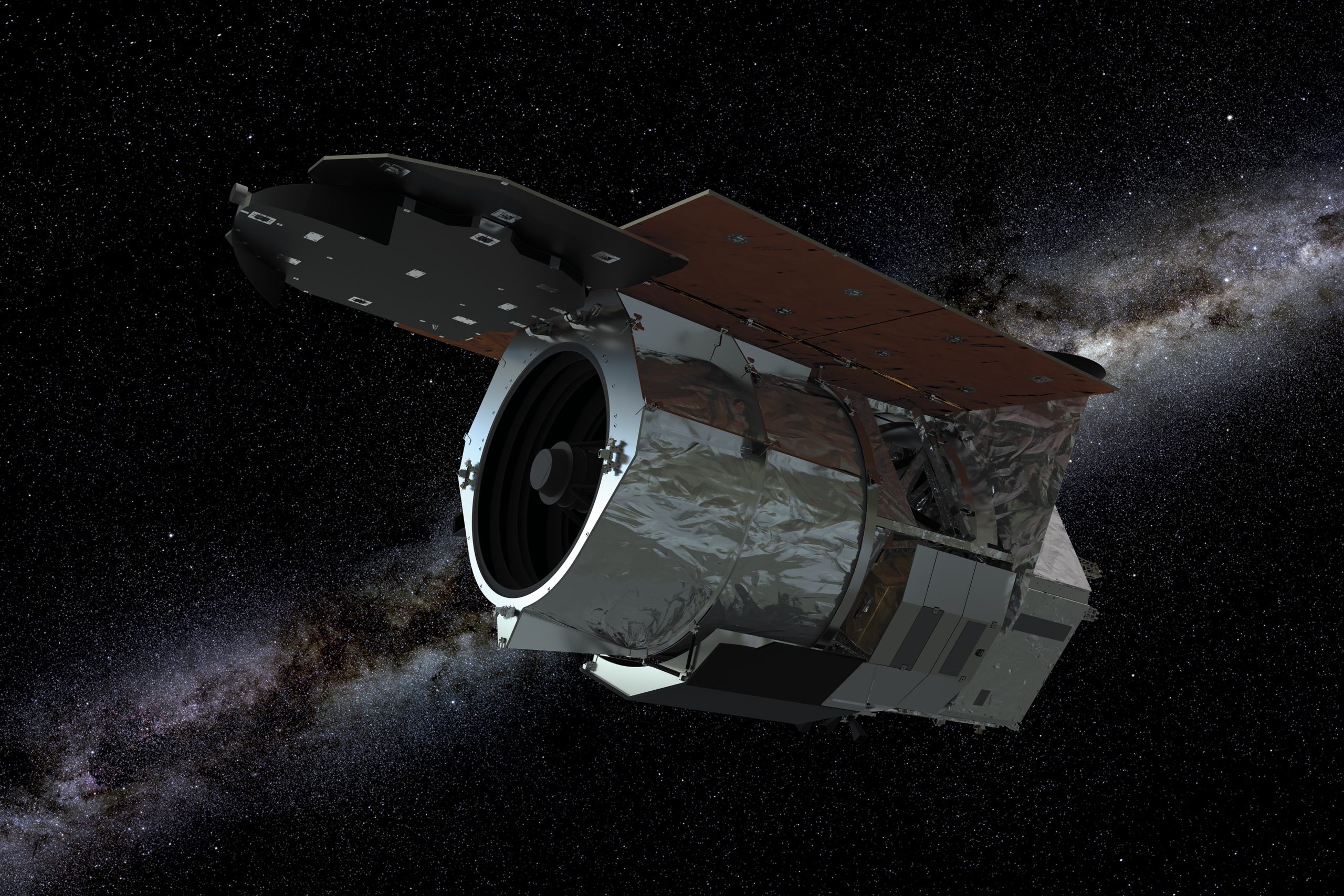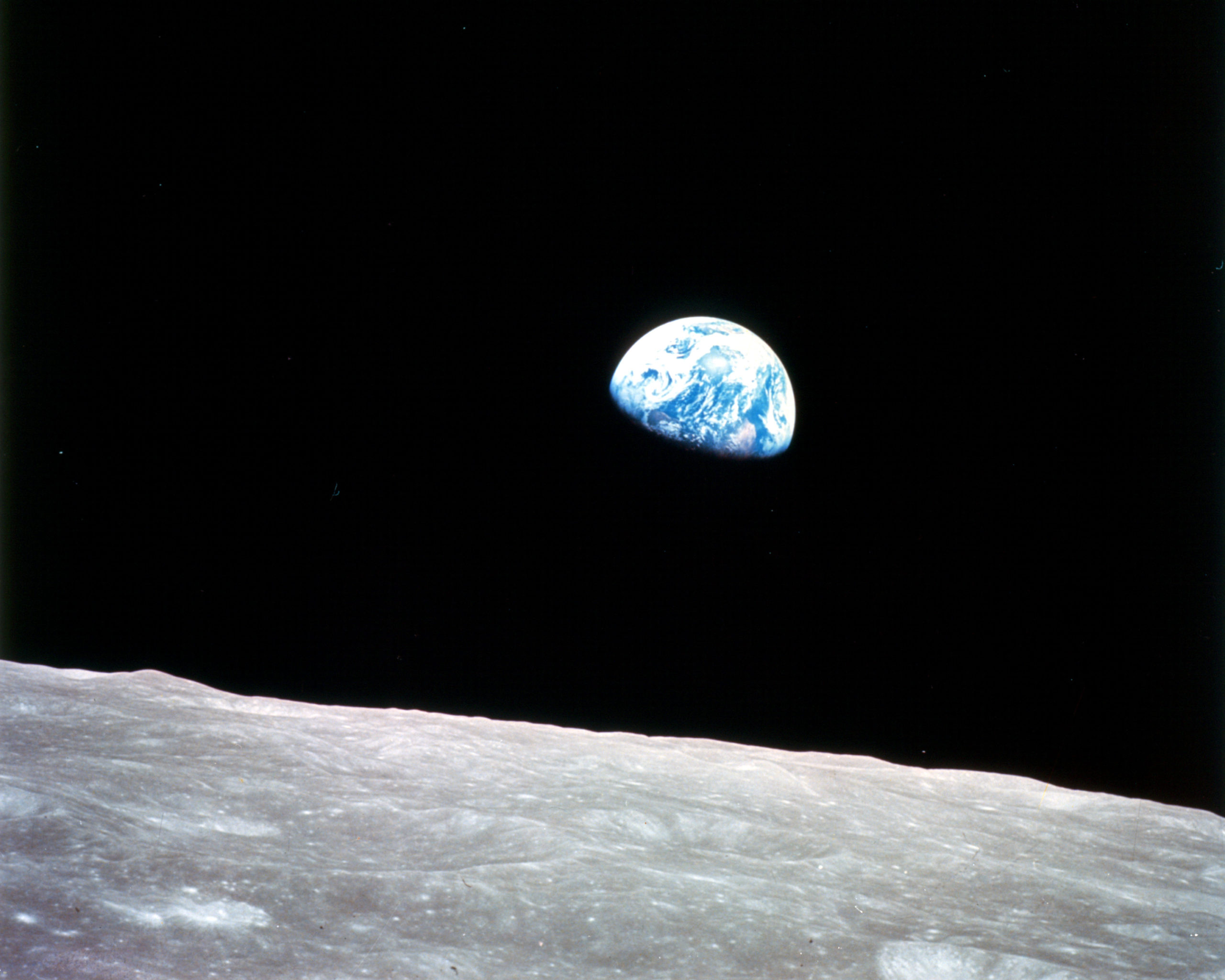How easy is it to find planets around other stars?
It depends on the method used. Seeing a planet orbiting even the star nearest to Earth by direct imaging (detecting the light reflected off of it or the infrared radiation emitted by it) isn’t easy. It’s like trying to see a firefly next to a searchlight. A solar-type star (that is, a star that’s similar to the Sun) is a billion times brighter than a planet like Earth, making planets hard to spot. But telescopes and the methods of processing the astronomical data they collect have become so sophisticated that they can do this and more.
Astronomers can detect planets in other ways besides direct imaging. For example, they spot some by the wobbles the planets produce in the stars they orbit. Others are found because of a slight drop in light from stars when planets pass in front of them.













